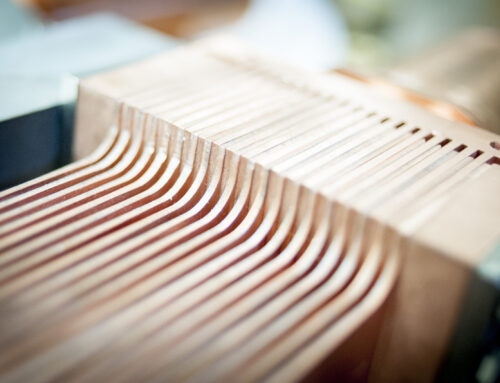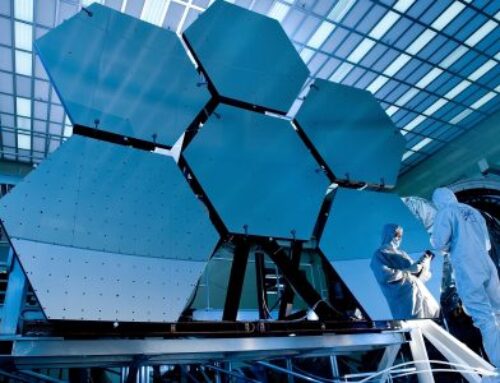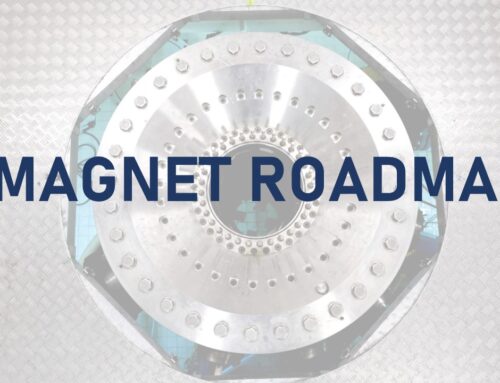University of Oxford, Physics Department,
Oxford Centre for Applied Superconductivity
Oxford University has a long tradition in high magnetic field research hosting a large suite of magnetic fields and facilities above 50 T,
which are the largest in the UK. The Oxford Centre for Applied Superconductivity (CFAS) was created in 2017 based on an investment by the Local Growth Funding as well as by the University of Oxford and local industrial partners working on superconductivity, which includes Oxford Instruments and Siemens. The Centre is a superconductivity hub with interests in future applications of superconducting materials which aims to pursue projects that can lead to future technologies and lead to the discovery of novel superconducting materials. The Centre helps to train people with necessary skills in superconductivity which can be transferable to other relevant industries.
The Oxford CFAS runs as a small research facility and has been hosting many users since 2017. The Physics department has its own helium liquefier and hosts multiple research labs fitted with superconducting magnets up to 21 T and low-temperature cryostats. These systems are mainly used for the studies of quantum materials, including superconducting materials, frustrated magnets, topological materials. One of the measurement systems is a Quantum Design 16 T magnet with a variable-range cryostat (2 – 350 K). This measurement system has a large suite of experimental techniques from magnetization, transport, and torque to thermal transport. The laboratory has developed additional techniques for low-noise transport measurements in single crystals and thin-flake devices under different experimental conditions, such as applied strain and applied pressure. The laboratory can perform experiments under strain using piezostacks and Razorbill and under pressure using piston cells up to 30 kbar and diamond anvil cells for pressures higher than 60 kbar. Another laboratory is used for critical-current studies in superconducting wires and tapes up to 500 A at 4.2 K and magnetic fields up to 14 T. The laboratories contain also a preparation room with high-resolution microscopes for sample preparation and pressure-cell tools.
The users of these facilities normally book the system to perform experiments using different techniques for one week. Each user is expected to prepare their own samples independently and training on the operation of the instrument is provided. The facility has the support of a technician for cryogenic issues and high critical current studies. Oxford University also hosts the Nicholas Kurti Oxford Pulsed Field Laboratory. This is a local pulsed-field facility, which can operate three experimental magnet cells, which are powered by a configurable capacitor bank with maximum energy storage up to 3 MJ. Pulsed magnets are designed and wound in-house and have achieved fields above 50 T. Pulse lengths of the order of 10 ms can be adjusted by changing the configuration of the capacitor bank. Repetition times are less than one hour for full-field pulses. Non-standard and custom-made magnets are also available with longer pulse lengths, but typically at the cost of peak field. This installation has recently upgraded the capacitor bank and it is in an advanced testing phase.
For further details, please contact Amalia Coldea (CFAS, www.cfas.ox.ac.uk) or Stephen Blundell (pulsed fields, www.physics.ox.ac.uk/about-us/ourfacilities-and-services/nicholas-kurti-high-magnetic-field-laboratory):
- amalia.coldea@physics.ox.ac.uk
- stephen.blundell@physics.ox.ac.uk






